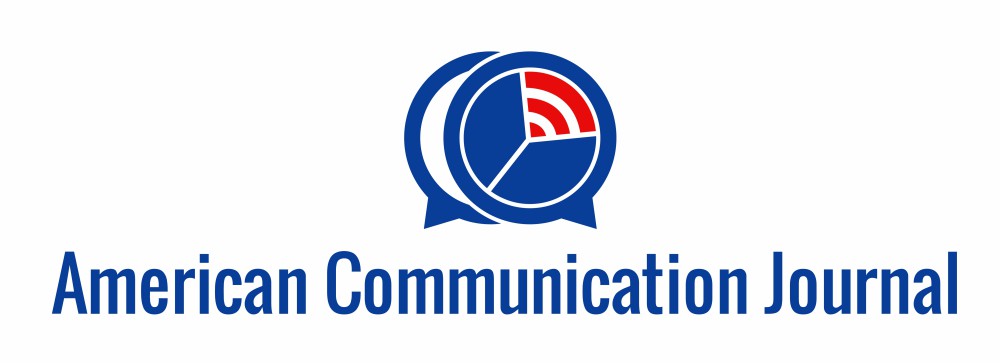The American Communication Journal (ACJ) is the official publication of the American Communication Association (ACA). ACJ is committed to publishing interdisciplinary scholarship on communication. Appreciating the diversity of research agendas and methodologies in the study of communication, the Editorial Board of ACJ welcome submissions on any topic related to the discipline.
During the Board of Director’s work-session at the 1996 American Communication Association (ACA) Convention in Charleston, South Carolina, one issue continually emerged as a theme in our salon discussions: the need for a new means of research presentation and delivery. Although paper journals have historically conveyed findings in communication research, we must not ignore the possibilities engendered by computer-mediated technologies; these possibilities are often left unexplored and unused.
The mediums discussed at the 1996 convention ranged from floppy disk distribution of hypertext publications to CD-ROM subscriptions to an online interactive collection. Once the decision to go online had been unanimously supported, the Board of Director’s next hurdle was to agree upon how to proceed with this project. This was to be an experiment, an expansive journey into both Cyberspace and the labyrinthine political and practical aspects of the academic publishing infrastructure.
Four resolutions emerged from the early discussions: One, the journal would be free of cost to the reader. Two, the readership would be comprised of a synthesis between academic, private, and public sectors. Three, articles would conform to high standards of proof and rigor. Four, authors would be required to fuse the converging online media into their research, adding an interactive component to the usual journal reading experience. Save one, all are very unconventional resolutions, to say the least. Bulgarian writer Elias Canetti’s sentiments in The Secret Heart of The Clock drove us to see this project through: “It doesn’t matter how new an idea is; what matters is how new it becomes.”
